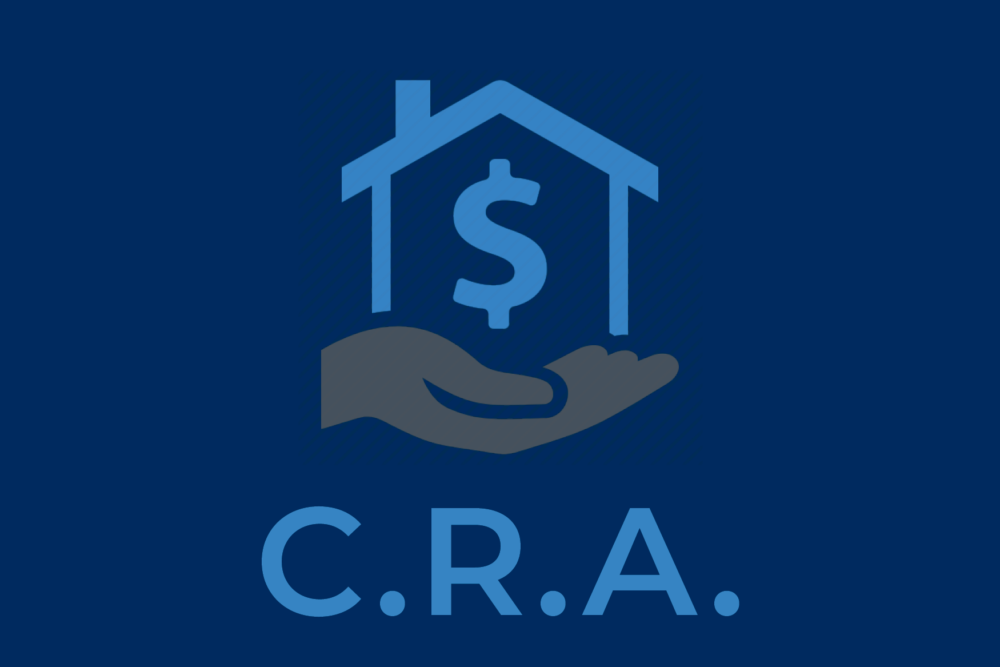Federal Banking Regulators Publish Comprehensive CRA Overhaul

The three major federal banking regulators — the Federal Deposit Insurance Corporation, the Federal Reserve, and the Office of the Comptroller of the Currency — earlier today approved a final rule that substantially reforms bank requirements under the Community Reinvestment Act (CRA) regulations. The regulators argue that the rule, which they first proposed in May 2022, modernizes the CRA requirements to reflect market developments since the regulations were last overhauled in 1995 and to encourage more critical investment and lending to benefit low- and moderate-income households and communities.
NCSHA is reviewing the rule to determine how it will impact the Housing Credit, Housing Bonds, and other HFA programs, as well as affordable housing generally, and we will provide a more detailed analysis soon.
Some of the rule’s major provisions are summarized below. The effective date for nearly all the rule’s provisions, including those described below, is January 1, 2026.
New Evaluation Framework for Large Banks
Under current CRA regulations, large banks must meet three tests to comply with CRA guidelines: the lending test, service test, and investment test. The new rule replaces this system with four new tests: the retail lending test, the retail services test, the community development financing test, and the community development services test. The community development financing test includes all activities, including lending and investment, that support community development activities.
In NCSHA’s comments on the proposed rule, we expressed concern about the regulators’ proposal to eliminate the separate investment test and replace it with a comprehensive community development financing test that encompasses both loans and investments. NCSHA argued that such an approach would, over time, substantially reduce banks’ incentives to purchase Housing Credits, Housing Bonds, mortgage-backed securities (MBS,) and other affordable housing and community development equity investments. According to some estimates, CRA accounts for more than three-quarters of Housing Credit investments.
In response to these concerns, the final rule establishes a Community Development Investment Metric for banks with assets over $10 billion that measures the total nationwide dollar volume of a bank’s community development investments (excluding MBS purchases) compared to the bank’s total assets. A bank can improve its overall CRA rating by earning a high Community Development Investment Metric, but the metric cannot negatively impact a bank’s rating.
The final rule also includes a change, requested by NCSHA, to how each of the four new tests are weighted. Under the proposed rule, the retail lending and retail services tests combined to account for 60 percent of a bank’s final rating while the community development financing and community development services tests combined for 40 percent. As NCSHA pointed out in its comments, this could incentivize banks to focus more on their retail CRA activities. The final rule modifies the weighting so the retail-focused tests and the community development-focused tests each account for 50 percent of a bank’s total rating.
Definition of Affordable Housing
As did the proposed rule, the final rule supports affordable housing by clearly delineating it as one of the activities for which banks can receive CRA credit under the community development financing test. Activities that will receive CRA credit include participation in federal, state, and local government programs, with the Housing Credit and HOME Investment Partnerships program explicitly cited as examples. The regulators in the final rule declined to impose additional affordability restrictions for credit on government housing program activities after NCSHA urged them not to.
For most affordable housing activities, banks will get CRA credit according to the proportion of the project that is affordable. For example, if a bank finances a $100 million loan for a multifamily housing building in which 50 percent of the units are affordable, the bank would get CRA credit for $50 million. The rule includes an exception, which also was included in the proposed rule, for Housing Credit investments, allowing banks to get CRA credit for the entire investment regardless of the share of affordable units. NCSHA asked the regulators to extend this exception to Housing Bonds, but they declined to do so.
Other eligible activities under affordable housing are support for naturally occurring affordable housing, support for affordable single-family housing (except for individual mortgage loans, which would count under the retail lending test), and purchases of mortgage-backed securities that contain loans for affordable housing.
Assessment Areas
The rule maintains much of the current regulations’ approach of evaluating bank CRA activity predominately in geographically defined assessment areas surrounding a bank’s headquarters, branches, and deposit-taking ATMs. To address the rise in online banking and ensure banks support those areas in which they do business, the rule requires large banks to delineate retail lending assessment areas where they have concentrations of home mortgage lending (at least 150 or more mortgages per year, up from 100 in the proposed rule) and/or small business lending (at least 400 small business loans per year, up from 250 in the proposed rule) outside of their facility-based assessment areas.
Regarding the community development financing and services tests, banks will be subject to a specific test that gauges their activity in their assessment areas. The final rule also allows banks to receive CRA credit for activities conducted in areas outside their assessment areas. Specifically, banks can receive consideration for qualifying activities anywhere in a state or multistate metropolitan area in which they maintain a facility-based assessment area, regardless of whether the activities occur specifically in the assessment area. In addition, banks may receive CRA credit for any qualifying activities conducted nationwide. NCSHA expressed support for this approach in its comments on the proposed rule.

